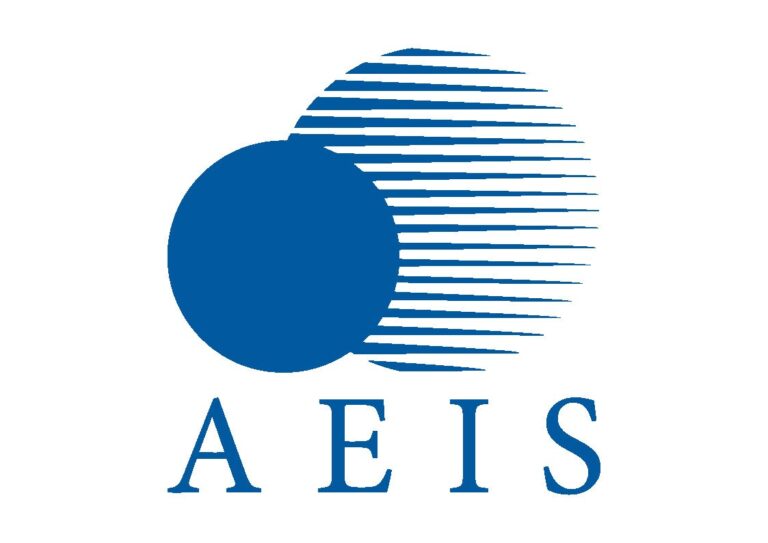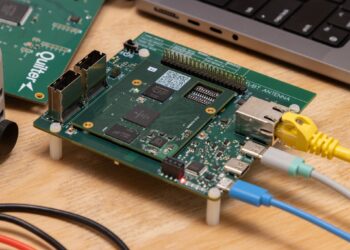By Kalpesh Mehta, Sr Director, Hyderabad Design Center, Qualcomm, Organizing Chair, VLSI Design & Embedded Systems Conference 2023
Globally, there is a conscious shift from being dependent on Taiwan’s TSMC for manufacturing. The US and India have separately initiated policy decisions to build manufacturing capabilities. Published data estimates India’s share of global electronics manufacturing will rise to about 10% in 4-5 years from the current 3.5%. The worldwide semiconductor industry is currently valued at $500-$600 billion and caters to the global electronics industry, currently valued at about $3 trillion.
In December 2021, India announced its roughly $10 billion dollar production-linked incentive (PLI) scheme to encourage semiconductor manufacturing in the country. According to the Electronics and IT Ministry, semiconductor demand in India would increase to $70-$80 billion by 2026 with the growing demand for digital devices and electronic products.
Semiconductor products consumed in India or elsewhere, range over multiple technologies. Giants like AMD, Intel and Qualcomm have massive R&D centers in India and are already working on innovative technologies that are also targeted at domestic markets. These fuel demand to produce chips locally.
Qualcomm is a fabless company, as are the majority of the semiconductor companies. Most semiconductor companies have moved away from a vertical integrated model that includes manufacturing, thus delineating the complex requirements of maintaining a fab. This model has thrived for over 40 years with only a few exceptions.
The hardware component of the VLSI has all aspects of design and development now being done in India. Large majors like Qualcomm churn out over 10 chips in a calendar year with end-to-end ownership. This includes digital and analog design, various state of the art verification methods, physical design and verification, testing and emulation, all of which have immense potential and opportunities in India. Combined with the established software leadership India already holds, this is a winning concoction for the VLSI industry.
Combined with the recent focus of the Government on making India a global hub for electronics manufacturing and design, the scope of the VLSI industry has rapidly expanded in India. In particular it has sped up in the last 15 plus years.
Government of India announced fiscal support for a design-linked initiative (DLI) scheme to drive global and domestic investment related to design software, IP rights etc., from MSMEs and start-ups for financial incentives and infrastructure support across various stages of development and deployment of semiconductor design(s) for Integrated Circuits (ICs), Chipsets, System on Chips (SoCs), Systems & IP Cores and semiconductor linked design(s) over a period of 5 years. These are all very much in the right direction in establishing India’s footprint in the semiconductor product and supply chain business.
As a host of learning, and mature mentorship is also extensively available in India to constantly fill the demand for manpower with relevant skills.
The year 2023 VLSI Design Conference, themed around “Semiconductors driving disruptive Innovations in Global Digitalization”, several eminent speakers are going to be delivering Keynote on topics that are relevant today. In addition to technical presentations, there will be tutorials, panel discussions, poster sessions and exhibits from leading VLSI companies. And most importantly, there are opportunities to network with other attendees and learn about technology, job and career opportunities in the field of VLSI.










